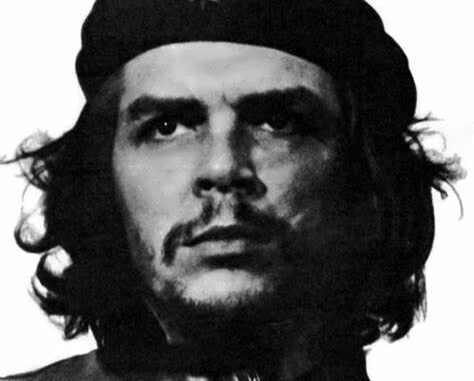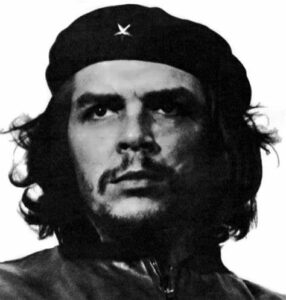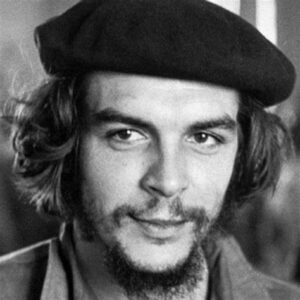


Ernesto “Che” Guevara, born on June 14, 1928, in Rosario, Argentina, was a prominent Marxist revolutionary, physician, author, guerrilla leader, and diplomat. He played a key role in the Cuban Revolution alongside Fidel Castro.
Guevara’s early life was marked by his medical studies and travels across Latin America, where he witnessed widespread poverty and injustice. These experiences shaped his revolutionary ideology. He joined Fidel Castro’s 26th of July Movement and became a significant figure in the Cuban guerrilla campaign that eventually overthrew the Batista regime in 1959.
After the revolution, Guevara held various positions in the Cuban government, including Minister of Industries and President of the National Bank of Cuba. He was instrumental in implementing agrarian land reforms and promoting literacy campaigns. Guevara also played a crucial role in the Cuban Missile Crisis and advocated for global revolutionary movements.
In 1965, Guevara left Cuba to incite revolutions in Africa and South America. His efforts in Congo and later in Bolivia were unsuccessful, and he was captured and executed by the Bolivian army on October 9, 1967.
Guevara remains a polarizing figure, celebrated as a symbol of rebellion and criticized for his methods and ideology
Leave a Reply